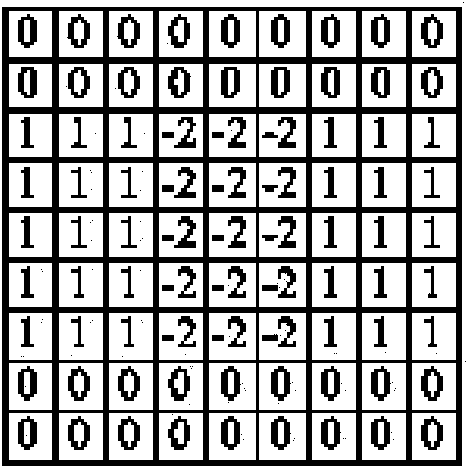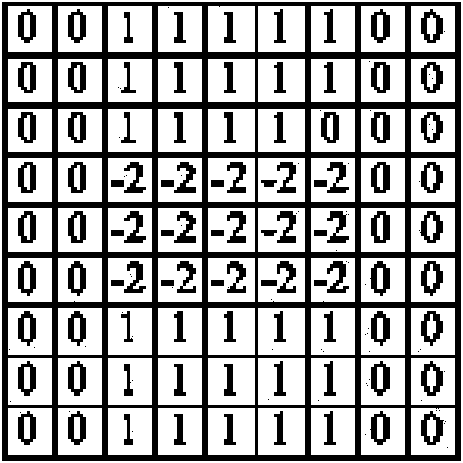Method for splicing video in real time based on multiple cameras
A multi-camera, video splicing technology, applied in TV, color TV, image communication and other directions, can solve the problems of slow video splicing speed and large amount of calculation for video single-frame image splicing
- Summary
- Abstract
- Description
- Claims
- Application Information
AI Technical Summary
Problems solved by technology
Method used
Image
Examples
Embodiment Construction
[0057] The main function of the present invention is realized by two main basic modules, and the video acquisition module is mainly made up of camera, is responsible for the acquisition of video image data and the conversion of data format; Signal splicing and fusion processing.
[0058] Concrete steps of the present invention:
[0059] 1. Obtain homogeneous multi-channel video images;
[0060] Start the operation to obtain synchronous multi-channel video data.
[0061] 2. Preprocessing the frame images at the same moment;
[0062] 1. Image grayscale
[0063] Transform the color image into a grayscale image with 256 grayscale levels by using the formula of the following weighted average method:
[0064] f(i,j)=0.3*R(i,j)+0.59*G(i,j)+0.11*B(i,j)
[0065] 2. Histogram equalization
[0066] Histogram equalization is to increase the dynamic range of the gray value of the image by nonlinearly stretching the image. Its essence is to combine multiple gray levels with different...
PUM
 Login to View More
Login to View More Abstract
Description
Claims
Application Information
 Login to View More
Login to View More - R&D
- Intellectual Property
- Life Sciences
- Materials
- Tech Scout
- Unparalleled Data Quality
- Higher Quality Content
- 60% Fewer Hallucinations
Browse by: Latest US Patents, China's latest patents, Technical Efficacy Thesaurus, Application Domain, Technology Topic, Popular Technical Reports.
© 2025 PatSnap. All rights reserved.Legal|Privacy policy|Modern Slavery Act Transparency Statement|Sitemap|About US| Contact US: help@patsnap.com



